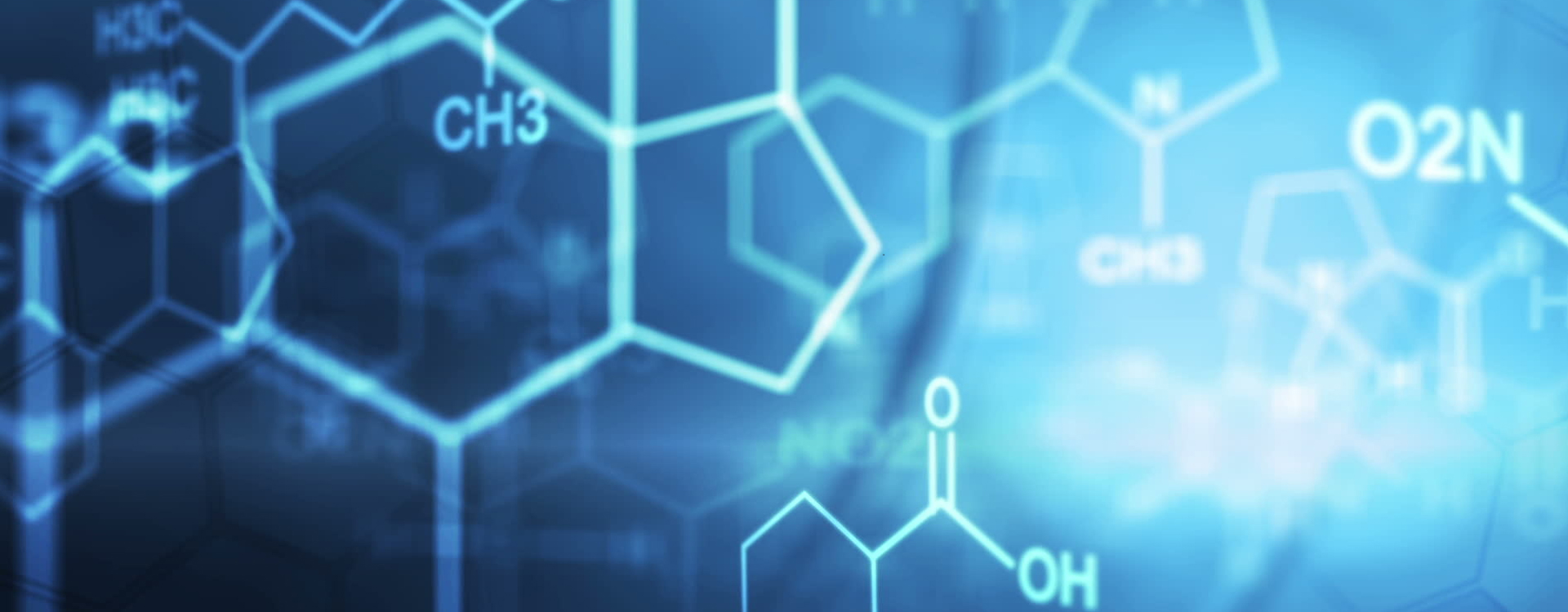Seminar Details
Chondroitin sulfate (CS), Heparan sulfate (HS), and Hyaluronic acid (HA) are an important
class of polysaccharides, widely known as glycosaminoglycans (GAGs). CXCL8 belongs to
the chemokine family, one of their target proteins. The bound form of these molecules
participates in various biological processes where sulfation patterns, charge density, and
solvent reorganization around them bring massive heterogeneity and distinct topologies in the
GAG conformations. The prime objective of this thesis is to explore the effects of sulfation
on the conformations and binding of CS/HS/HA with CXCL8, the role of solvent, and
understand the molecular mechanisms of the recognition process from the molecular
dynamics (MD) simulation approach. The thesis comprises seven chapters. Chapter 1
includes a concise overview discussing the present state of knowledge, recent advancements
in the field, and the methodologies employed in this thesis. Chapter 2 investigated the
conformational properties of the disaccharide building units of CS, HS, and HA with varying
degrees of sulfation position (except HA) in an aqueous medium at ambient temperature. The
study revealed that although the flexibility of the disaccharide building blocks of the three
GAGs is relatively different from each other, the increase in the degree of sulfation by one
unit has limited effects on some of the properties of the molecules. Therefore, considering the
GAG chain length in general, an in-depth study of the increased chain length of these
molecules is necessary. As a result, in Chapter 3, the conformations of hexameric HA, CS(disulfated),
and HS(di-sulfated) were studied in free forms and when bound with CXCL8
monomer thoroughly in aqueous medium at ambient temperature. The relative binding free
energy of the complexes was computed to understand the feasibility of the process. Further,
the kinetics of hydrogen bonds (HBs) involving conserved water in mediating the interactions
between CXCL8 and CS/HS/HA were explored by adopting the Luzar-Chandler model. After
notifying the heterogeneous effects of sulfation on the hexameric molecules, the impact of the
degree of sulfation at more diverse positions on octadecasaccharide CS and HS molecules
was carried out in Chapter 4 and Chapter 5, respectively. The binding of these molecules with
CXCL8 dimer was explored, and the binding motif of the protein was identified. In these
chapters, emphasis was given to identifying the preferred conformations and stability of
different CS and HS molecules by adopting a k-means algorithm, constructing various free
energy landscapes, and computing conformational entropy from dihedral flexibility. In
Chapter 6 of the thesis, an attempt was made to understand the comparative binding
phenomenon of the hexameric CS (di-sulfated) and HS (di-sulfated) molecules to CXCL8
monomer and dimer. The HB property and solvent contribution were investigated thoroughly
to unfold the differential recognition phenomenon of these GAGs towards the CXCL8
monomer and dimer. The last chapter, Chapter 7 of the thesis, summarizes the important
findings of all chapters as conclusions.


